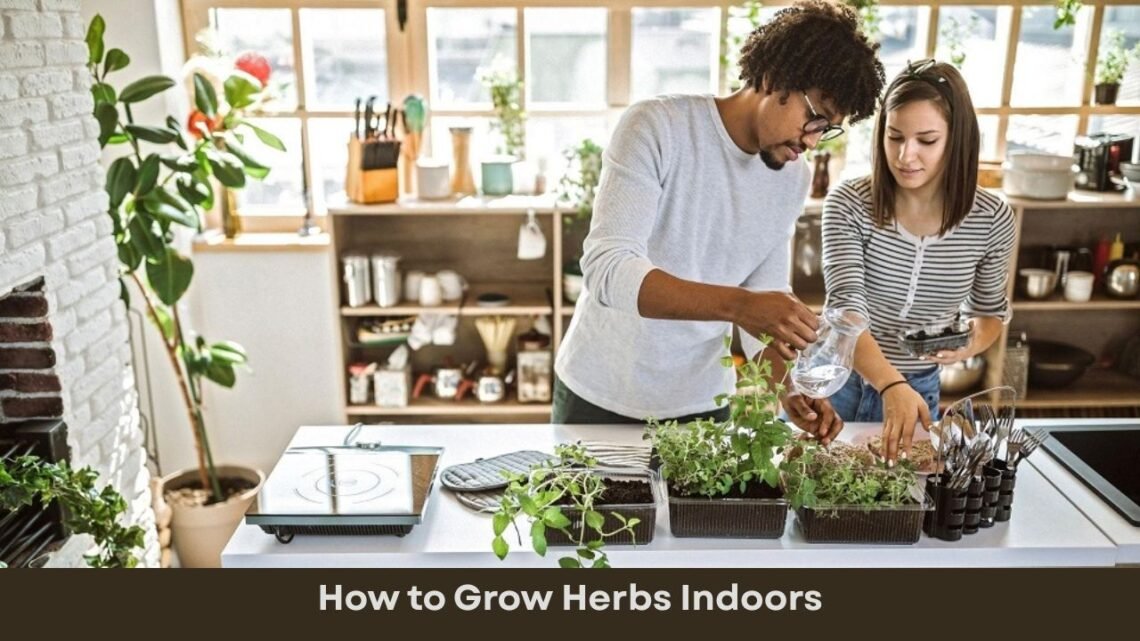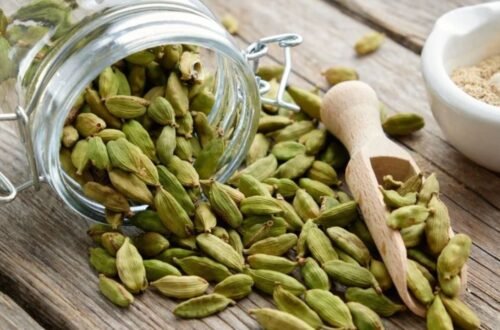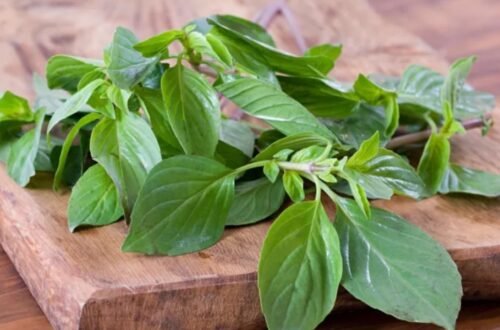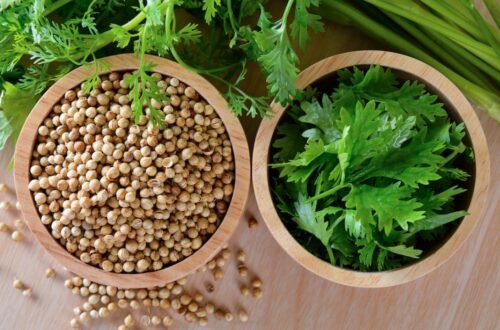Fresh herbs bring food alive. They add taste, aroma, and color. Store herbs are costly and spoil quickly. Growing your own herbs is cheaper and healthier. Learning how to grow herbs indoors is simple. You don’t need a big yard or a fancy setup. Just a few pots, good soil, and proper light are enough. Herbs can grow in kitchens, balconies, or even bedrooms.
Indoor gardening gives you control. You manage soil, water, and sunlight. It also works year-round. That means basil in winter, mint in summer, and parsley anytime. Herbs indoors bring greenery, freshness, and calmness to homes. This guide will show you everything. From supplies and soil to watering and harvesting. You’ll see how easy it is to keep fresh herbs ready in your own home.
What Is Indoor Herb Growing?
Indoor herb growing means planting edible herbs inside your house. You grow them in pots, trays, or containers. Instead of relying on big gardens, you use small spaces like windows or shelves.
This method works for apartments and city homes. It doesn’t matter if you lack outdoor space. With enough sunlight or a grow light, herbs grow strong indoors. Knowing how to grow herbs indoors means always having organic and safe herbs. You harvest only what you need, saving waste and money.
Supplies You Need for Success
Good tools and supplies are the first step. Without them, herbs may not thrive. Proper soil, pots, and light make all the difference.
Essential Supplies List:
1. Containers with drainage holes
Pots with drainage holes allow extra water to escape. This prevents roots from sitting in soggy soil. Without holes, herbs can easily rot and die.
2. Potting soil or organic compost
Regular garden soil is too heavy for pots. Use a light potting mix that drains well. Mixing in compost adds natural nutrients for strong growth.
3. Quality herb seeds
Good seeds decide plant strength and flavor. Cheap or poor seeds may not sprout well. Always choose trusted sources for quality harvests.
4. Watering can or spray bottle
A watering can or spray bottle gives better control. Herbs need gentle watering to avoid over-soaking. Misting keeps soil moist without flooding.
5. Labels for plants
Seedlings often look similar in the beginning. Labels help you track which herb is in each pot. It avoids confusion and makes care easier.
6. Grow light if sunlight is weak
Not all homes get enough sunlight. Grow lights replace natural sun for herbs. They ensure plants get the daily light they need.
Supplies and Their Role
| Item | Role in Herb Growth |
| Pots | Prevents waterlogging and root rot |
| Soil mix | Provides nutrients and airflow |
| Seeds | Determines growth and flavor |
| Grow light | Replaces natural sunlight indoors |
| Labels | Avoids confusion in seedlings |
Best Herbs for Indoor Growing
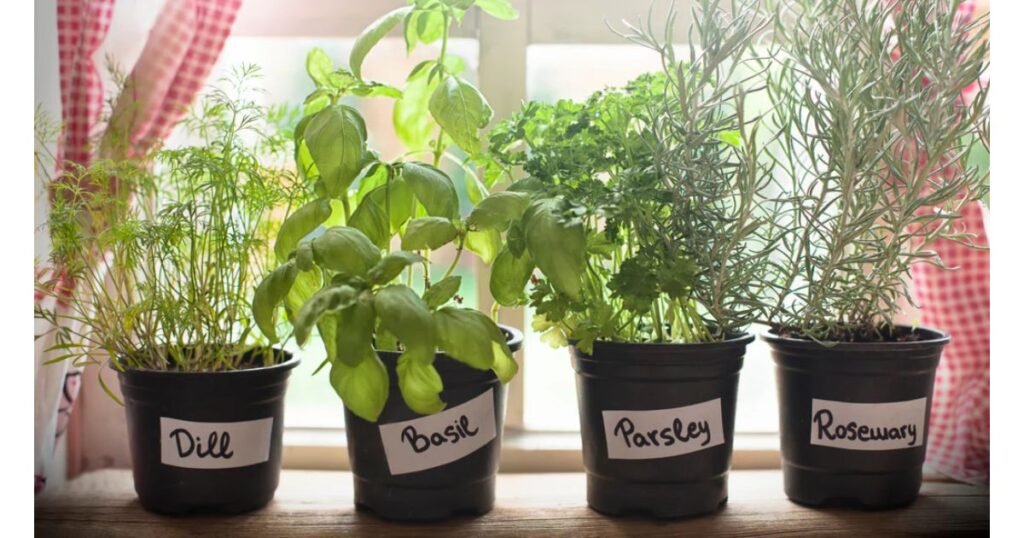
Some herbs are easier to grow indoors. They adapt well to containers and small spaces. These are best for beginners.
- Basil: Basil loves warmth and sunlight. It grows fast in pots and gives a steady supply of leaves. Perfect for pasta, salads, and soups, it’s a favorite for anyone.
- Mint: Mint spreads quickly and stays fresh with moist soil. It grows well even with partial sunlight. Use it for teas, chutneys, and drinks to enjoy its cooling flavor.
- Parsley: Parsley takes a little longer to grow but is worth the wait. It is rich in vitamins and adds freshness to meals. Regular pruning keeps it bushy and strong indoors.
- Cilantro: Cilantro grows quickly and thrives in cooler conditions. Its fresh leaves are great for garnishing and cooking.
- Chives: Chives are hardy and easy to maintain. They grow well in small pots with little care. Their mild onion-like taste is perfect for garnishing soups, salads, and omelets.
These herbs grow fast, adapt well indoors, and need little care. Starting with them makes how to grow herbs indoors simple and stress-free.
Easy Indoor Herbs and Care
| Herb | Sunlight Need | Watering Need |
| Basil | 6 hrs daily | Twice a week |
| Mint | 4 hrs daily | Every 2–3 days |
| Parsley | 4 hrs daily | Weekly |
| Cilantro | 5 hrs daily | Twice a week |
| Chives | 4 hrs daily | Weekly |
These herbs are perfect for first-time growers.
How to Grow Herbs from Seeds Indoors?
Seeds are cheaper and flexible. You can choose many varieties. With care, they grow into healthy plants. Steps for Seed Growing:
- Fill pots with seed-starting mix: Use a light soil mix designed for seeds. It helps roots grow faster and avoids waterlogging.
- Place seeds at the right depth: Each seed has a specific depth for planting. Too deep, and it may not sprout. Too shallow, and it dries out.
- Mist soil with water gently: Seeds need moisture, not floods. A spray bottle works best to keep soil evenly damp.
- Cover with clear lid for humidity: A transparent lid traps warmth and moisture. This creates the perfect environment for germination.
- Keep soil moist but not wet: Check the soil daily with your finger. If dry, mist lightly. Overwatering can rot seeds.
Some seeds sprout better after soaking. Coriander and parsley seeds should be soaked for 12–24 hours. This softens their outer shell and improves sprouting. Spacing is also important. Oregano seeds need to be 18–22 inches apart. Basil and parsley can grow closer. Always check the packet for instructions.
Many people start with coriander, parsley, or dill. They sprout fast and are easy to care for. This is why many beginners practice how to grow herbs from seeds indoors before moving to bigger setups.
Soil, Water, and Light for Indoor Herbs
Soil, water, and light are the three basics. Without balance, herbs will not grow strong. Each of these must be managed carefully.
| Factor | Best Practice |
| Soil | Light, well-drained with compost |
| Water | Moist soil, not soggy |
| Light | 4–6 hrs daily or grow lights |
| Temp | 65–75°F |
Balancing these factors is key in how to grow herbs indoors.
Pruning, Harvesting, and Caring
Pruning makes herbs bushy. Cut often but never more than one-third at a time. This keeps herbs healthy and growing.
- Harvest gently using scissors. Basil regrows if clipped at the top. Parsley grows from the center, so cut carefully.
- Label plants to avoid confusion. Young seedlings look alike. Without labels, you may mix them up. This small step saves mistakes.
- Transplanting is possible later. Once frost ends, herbs can move outdoors. Start by placing them outside for a few hours daily. Increase time slowly. This process, called hardening, ensures safe transfer.
- Avoid mistakes like overwatering, ignoring light, or skipping pruning. These are the most common reasons herbs fail indoors.
Benefits of Learning How to Grow Herbs Indoors
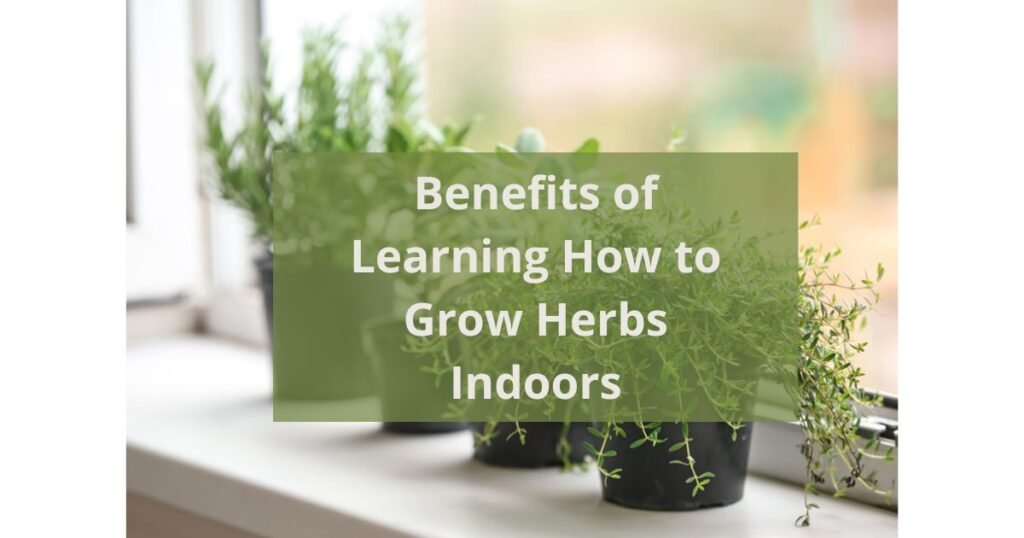
Growing herbs indoors has many advantages. It saves money, reduces waste, and keeps fresh herbs always within reach. They also improve your living space with greenery and freshness.
| Benefit | Why Does It Matters? |
| Saves Money | No need to buy costly store herbs |
| Reduces Waste | Harvest only what you need, nothing spoils |
| Fresh Supply | Always have organic herbs ready for cooking |
| Better Air Quality | Herbs release oxygen and filter indoor air |
| Stress Relief | Caring for plants relaxes and improves mood |
| Full Control | You decide soil, light, harvest, and timing |
| Home Aesthetics | Green herbs make homes look fresh and vibrant |
Conclusion: Why Start Indoor Herb Gardening Today?
Learning how to grow herbs indoors is one of the most rewarding skills. It gives you fresh herbs whenever you want. You save money and cook with healthier, organic ingredients. Every step matters. From choosing soil and light to pruning and watering, each action builds strong plants. Small habits like soaking seeds or labeling pots add extra success.
Start with basil, mint, or parsley. They are simple and quick to grow. Care for them daily. Soon you’ll have fresh herbs for soups, salads, teas, and more. Once you know how to grow herbs indoors, you’ll never depend on supermarkets again. Indoor gardening will become a joyful part of your life.
Read Our More Blogs: 20+ Types of Herbs and How to Use Them in Cooking?
